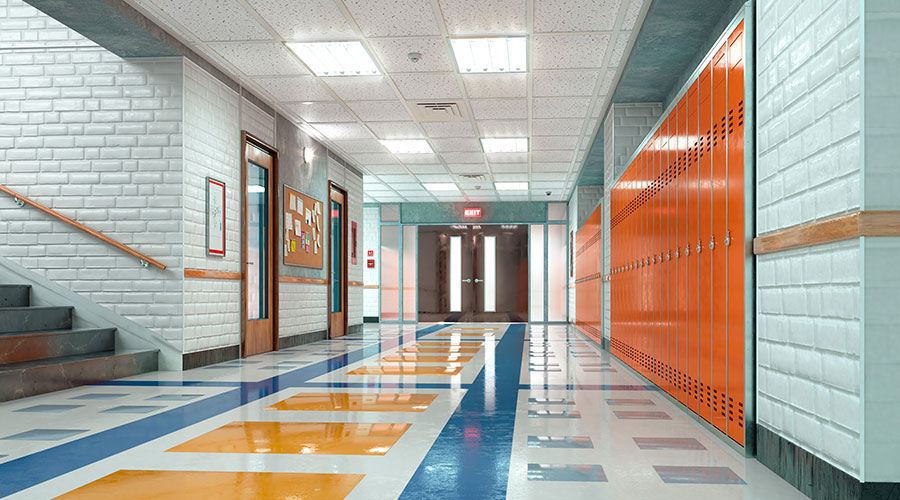Brief: Improving Patient and Staff Safety
The landmark 2000 report by the National Institute of Medicine, “To Err is Human: Building a Safer Health System,” estimates that approximately 98,000 people die each year from medical errors occurring in hospitals. Because of this, patient safety has become a priority for hospitals. Research into patient safety and medical outcomes has led to efforts to reduce the incidence of infection, accidents and medical errors, significantly affecting the design and construction of exterior site-traffic flow, interior patient and staff flow, staff-to-patient visibility, infection control systems, mechanical/plumbing systems, lift systems and communication systems.
Safety features are also designed and built with hospital staff and visitors in mind. One recent concept is same-handed design, also known as repetitive or standardized design. This means the patient rooms are designed and built identically throughout the facility. The concept includes repetition or standardization of room floor plans, supplies, and equipment layout (including placement of sinks, soap dispensers, outlets and medical gases). This is intended to reduce the risk of medical errors by enabling staff to orient themselves immediately upon entering any room.
Steve Gressel, FHFI, is a senior vice president at Skanska USA
Building. Based in Atlanta, Gressel leads Skanska’s national healthcare
center of excellence. Kelly Hilands, LEED AP, is the manager of
Skanska’s healthcare center of excellence.
Related Topics:










